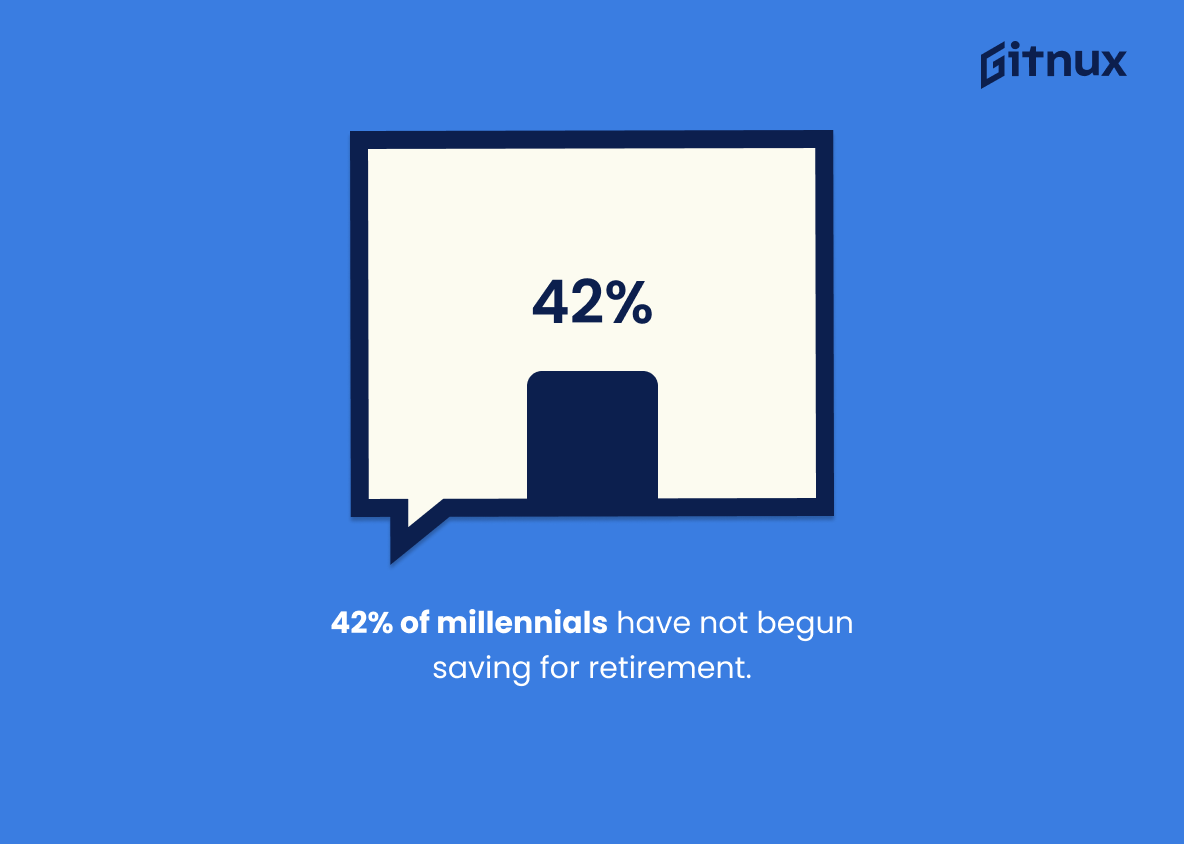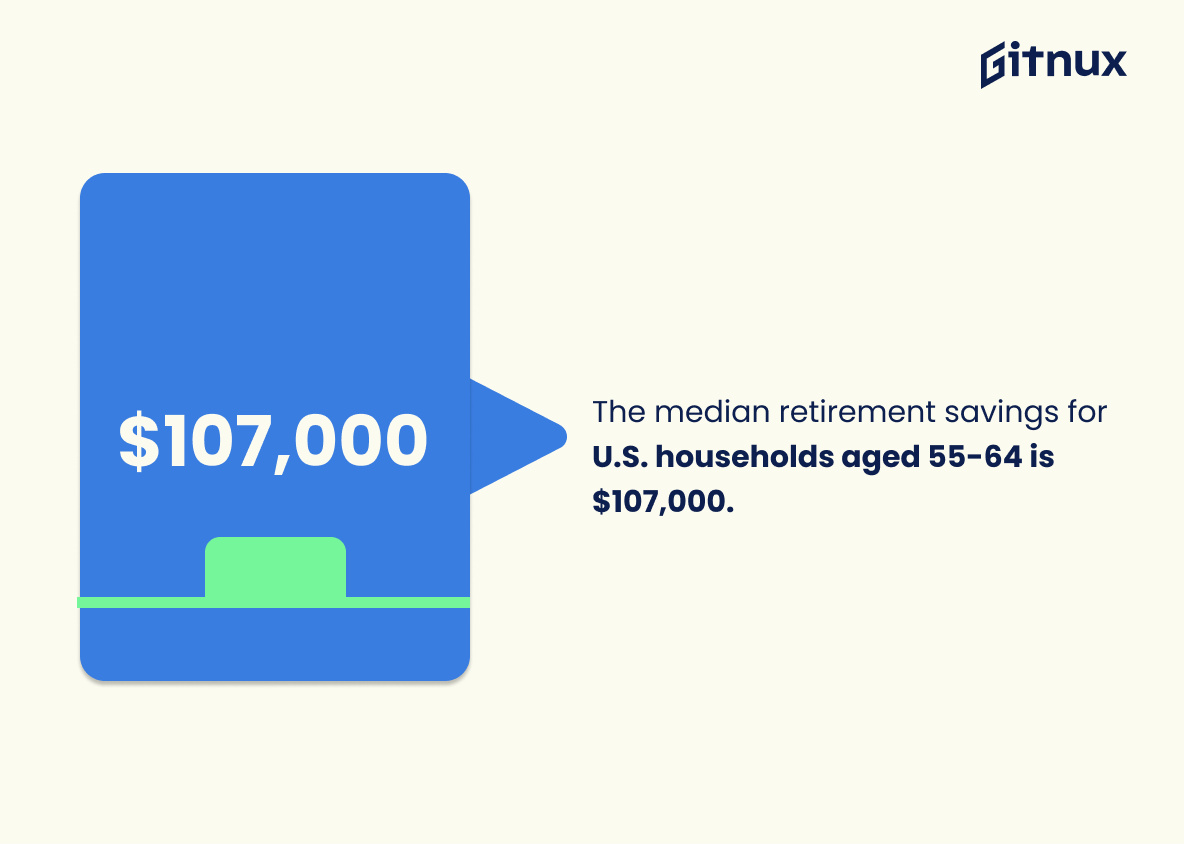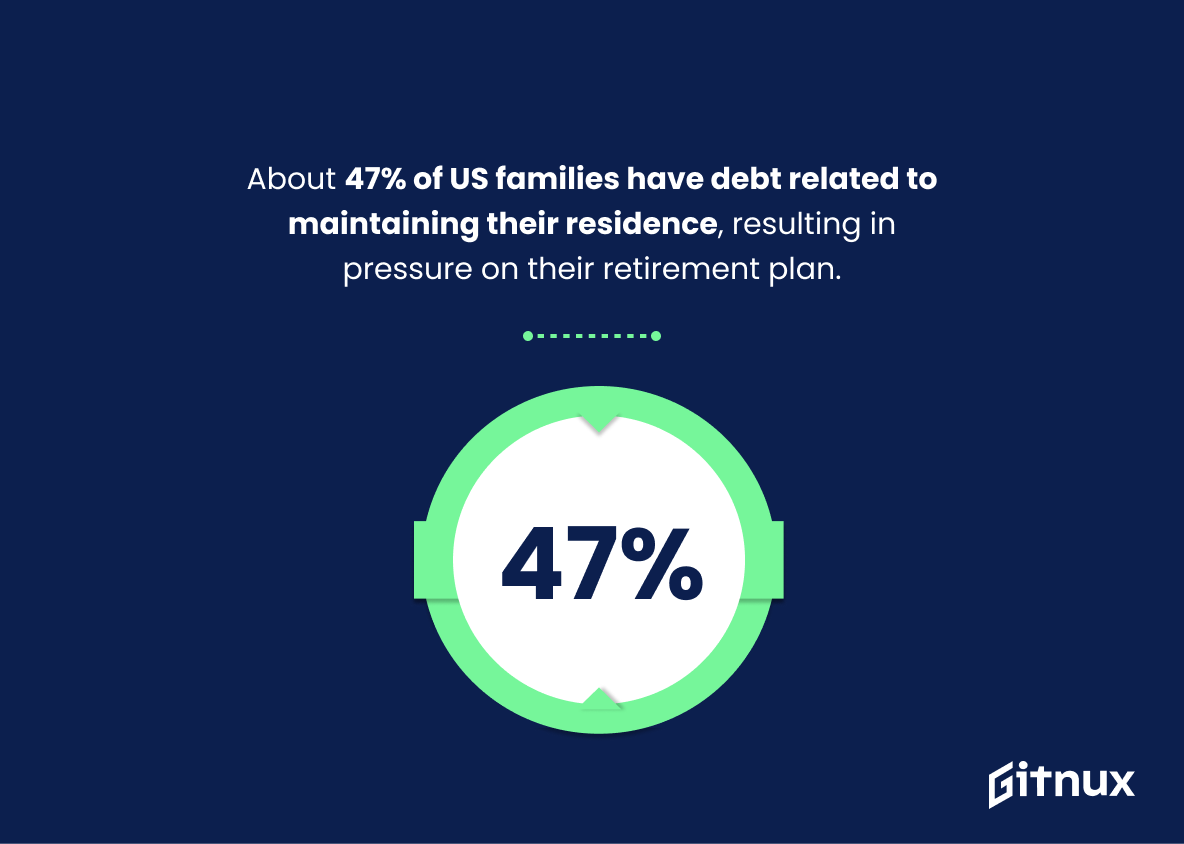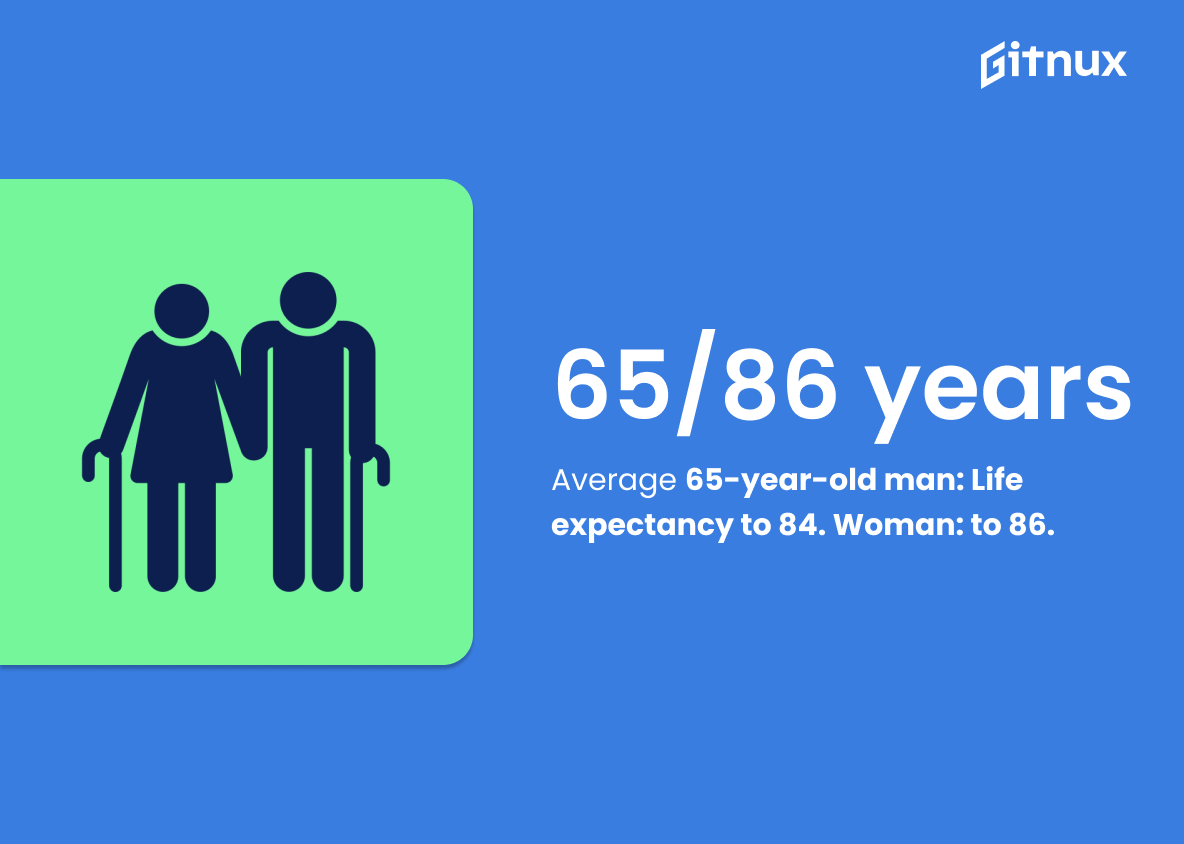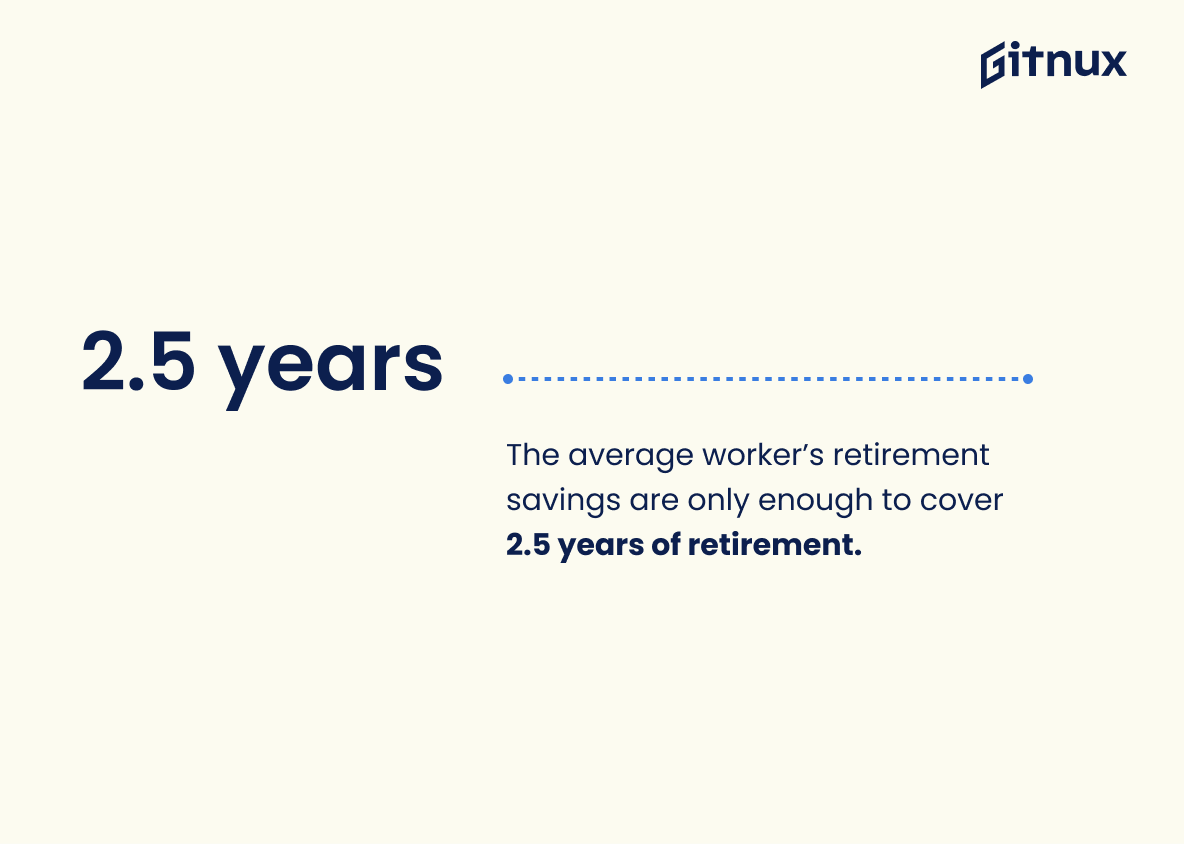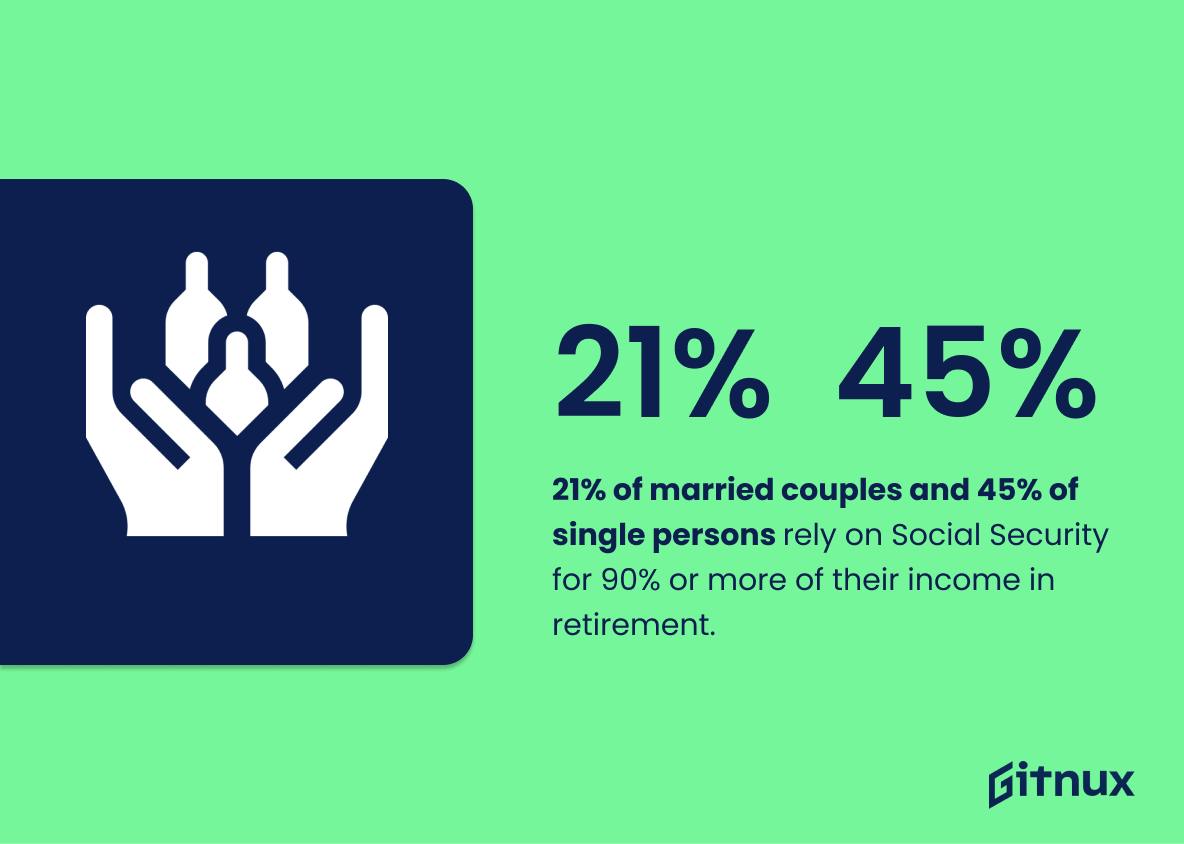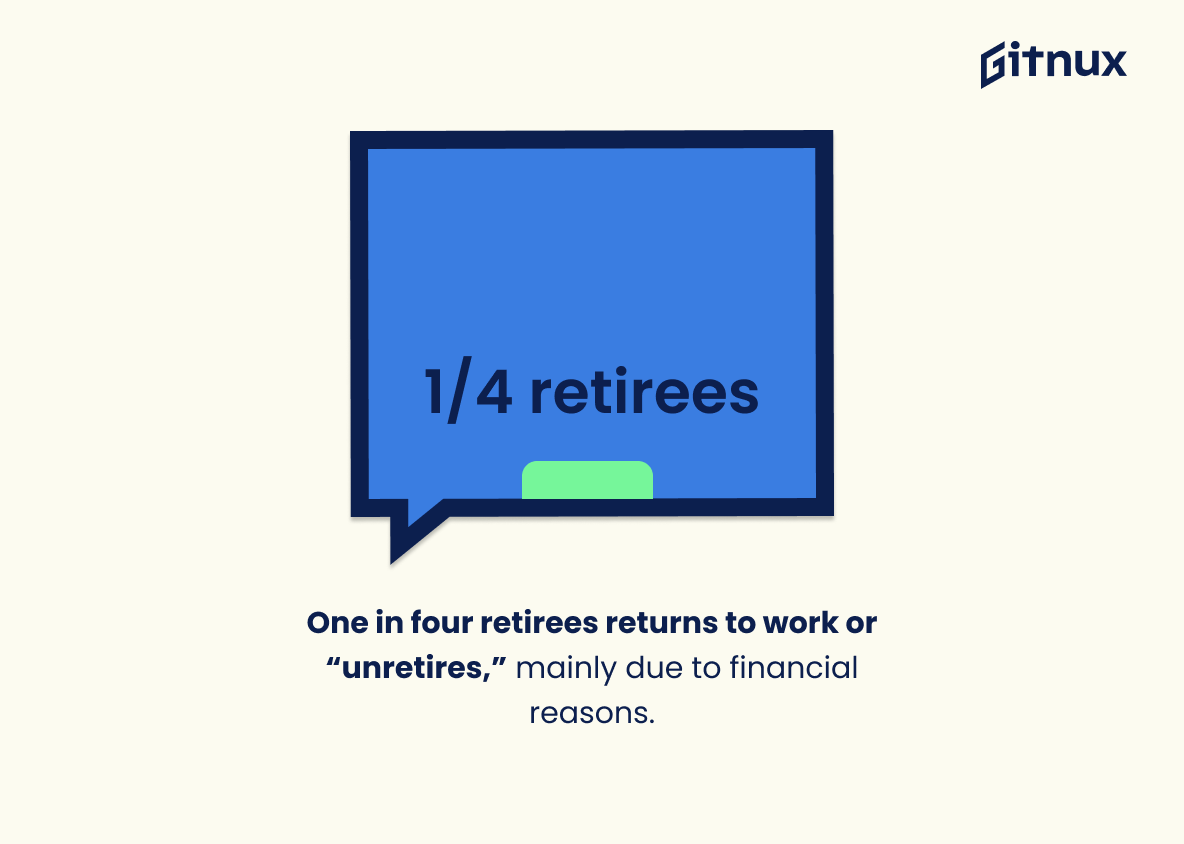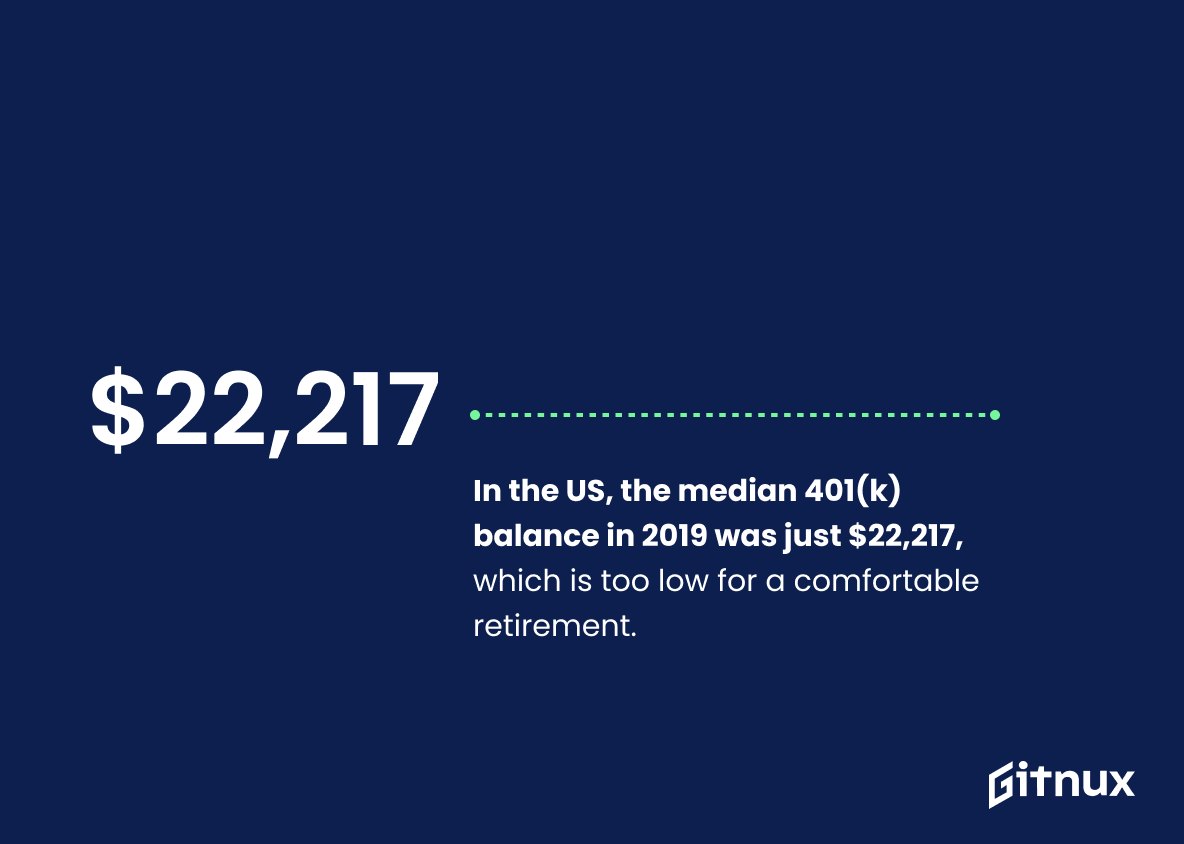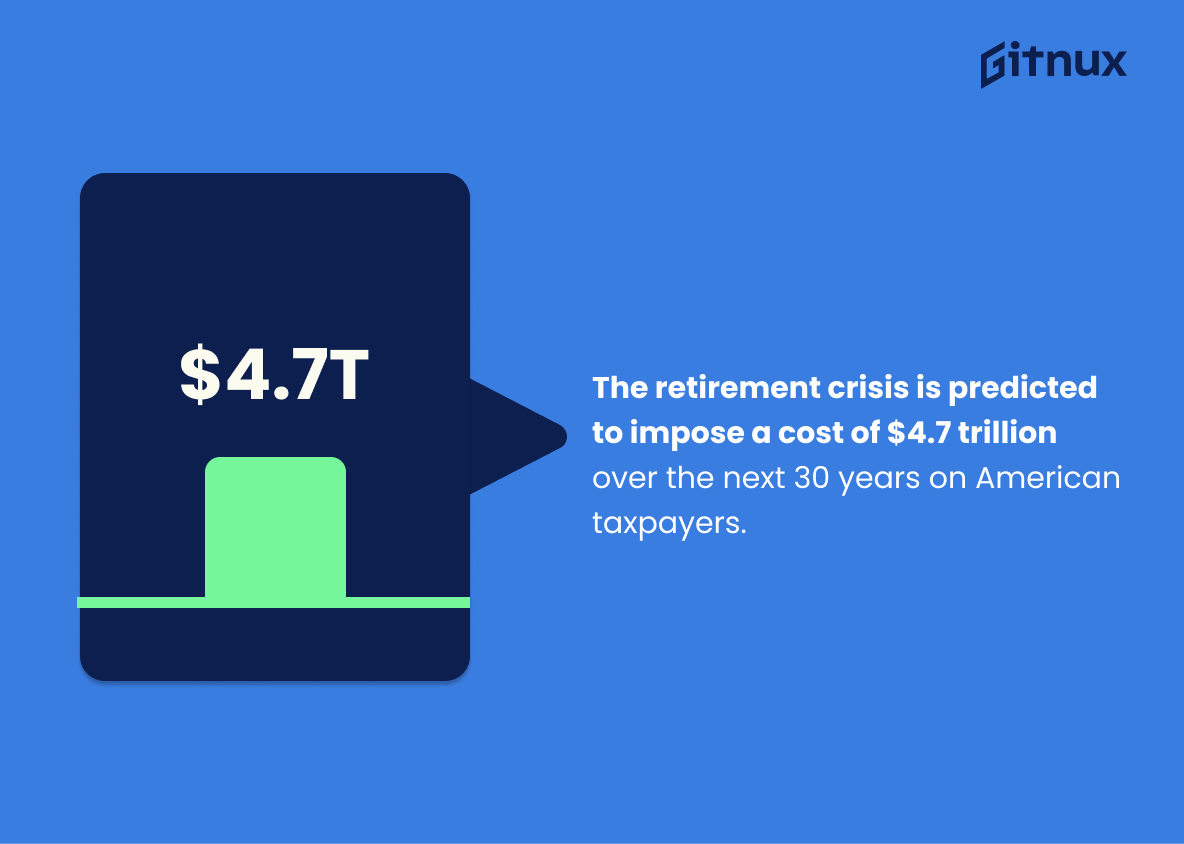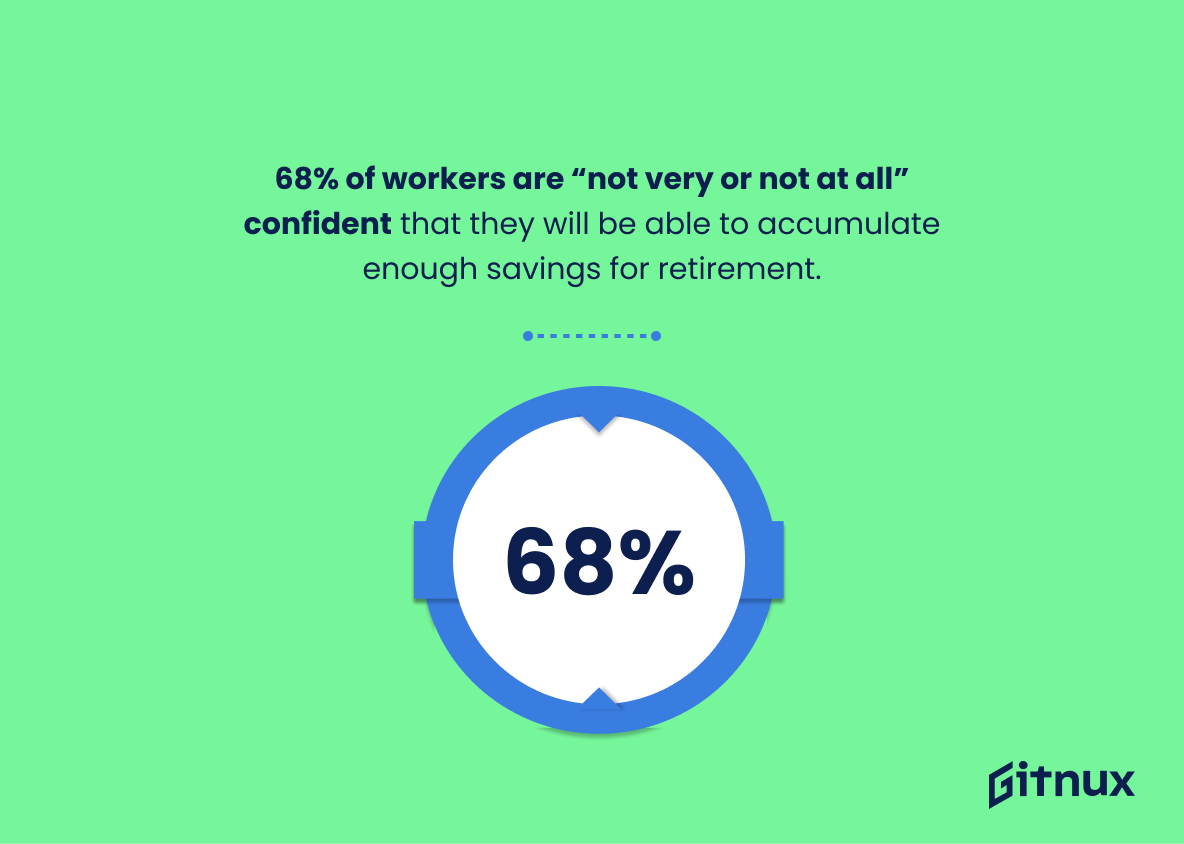The looming retirement crisis is a major concern for many Americans. With the cost of living increasing and Social Security benefits decreasing, it’s no wonder that so many people are worried about their financial future in retirement. Unfortunately, statistics show that this fear is well-founded: approximately 45% of working-age households have no retirement savings; a third of non-retired Americans have nothing saved; by 2035 Social Security will only be able to cover 79% of scheduled benefits; 40% of older workers and their spouses will experience poverty or near-poverty in retirement; 42% millennials haven’t begun saving yet; only 56% participate in workplace plans with median balances at $107,000 – far too low for comfortable retirements. The list goes on. Debt related to maintaining residences puts further pressure on retirees’ finances while longer life expectancies mean more years spent without income from work. It’s clear why 68 percent feel “not very or not at all” confident they’ll accumulate enough savings for later life – but what can we do? In this blog post we explore some alarming facts about the US Retirement Crisis as well as potential solutions to help us prepare better financially for our golden years ahead.
Retirement Crisis Statistics Overview
By 2035, Social Security will only be able to cover 79% of scheduled benefits.
This statistic is a stark reminder of the looming retirement crisis. It paints a picture of a future where Social Security is unable to provide the level of benefits that retirees have come to expect. This could have a devastating effect on the financial security of those who are relying on Social Security to fund their retirement. It is a stark reminder that individuals need to take steps now to ensure that they are financially prepared for retirement.
42% of millennials have not begun saving for retirement.
This statistic is a stark reminder of the looming retirement crisis. It highlights the fact that a large portion of millennials are not taking the necessary steps to ensure a secure financial future. This could lead to a generation of people who are unable to retire comfortably, or worse, unable to retire at all.
Only 56% of Americans are participating in a workplace retirement plan.
This statistic is a stark reminder of the looming retirement crisis in America. With only 56% of Americans participating in a workplace retirement plan, it is clear that many individuals are not adequately preparing for their future. This lack of preparation could lead to a significant number of people facing financial hardship in their later years.
The median retirement savings for U.S. households aged 55-64 is $107,000.
This statistic serves as a stark reminder of the looming retirement crisis. It highlights the fact that many households aged 55-64 are not adequately prepared for retirement, with the median retirement savings amounting to only $107,000. This figure is far below the amount needed to sustain a comfortable retirement, and serves as a warning to those who have yet to begin saving for their retirement.
About 47% of US families have debt related to maintaining their residence, resulting in pressure on their retirement plan.
This statistic is a stark reminder of the reality of the retirement crisis in the US. It highlights the fact that nearly half of all families are struggling to keep up with the costs of their home, leaving them with little to no savings for retirement. This is a worrying trend that could have serious implications for the future of retirement in the US.
The average 65-year-old man today can expect to live to age 84 and the average 65-year-old woman can expect to live to age 86.
This statistic is a stark reminder of the looming retirement crisis. With the average 65-year-old man and woman expecting to live to 84 and 86 respectively, it is clear that many retirees will not have enough saved to cover their expenses for the duration of their retirement. This means that retirees will need to find other sources of income to supplement their savings, or else face a retirement crisis.
About 66% of retirees primarily rely on Social Security as a source of income in retirement.
This statistic is a stark reminder of the Retirement Crisis that many retirees face. It highlights the fact that the majority of retirees are relying on Social Security as their primary source of income, which is often not enough to cover their basic needs. This statistic serves as a warning that more needs to be done to ensure that retirees have the financial security they need to live comfortably in retirement.
The average worker’s retirement savings are only enough to cover 2.5 years of retirement.
This statistic paints a stark picture of the retirement crisis: the average worker’s retirement savings are woefully inadequate to sustain them through retirement. It highlights the need for individuals to take proactive steps to ensure they have enough saved to last them through their golden years.
25% of Americans aged 65 to 74 have an outstanding mortgage on their primary residence.
This statistic is a stark reminder of the financial struggles many Americans face in retirement. It highlights the fact that a quarter of those aged 65 to 74 are still burdened with mortgage debt, which can be a major obstacle to achieving financial security in retirement. This statistic is a powerful indication of the retirement crisis that many Americans are facing, and it serves as a call to action for those looking to ensure a secure retirement.
71% of 55-64 age group employees have reported that they have retirement savings of below $100,000.
This statistic is a stark reminder of the looming retirement crisis. It paints a picture of a large portion of the 55-64 age group who are not adequately prepared for retirement, with savings of less than $100,000. This is a concerning figure, as it suggests that many individuals in this age group may not have enough money to sustain them through retirement. This statistic is a wake-up call for those in this age group to start planning and saving for retirement now, before it is too late.
21% of married couples and 45% of single persons rely on Social Security for 90% or more of their income in retirement.
This statistic paints a stark picture of the retirement crisis: it shows that a significant portion of both married couples and single persons are relying on Social Security for the majority of their income in retirement. This highlights the need for individuals to plan ahead and save for retirement, as Social Security alone may not be enough to sustain them in their later years.
One in four retirees returns to work or “unretires,” mainly due to financial reasons.
This statistic is a stark reminder of the financial realities many retirees face. It highlights the fact that for many, retirement is not a time of leisure and relaxation, but rather a time of financial insecurity and the need to return to work. This is a troubling sign of the retirement crisis, and a reminder of the importance of planning for retirement.
In the US, the median 401(k) balance in 2019 was just $22,217, which is too low for a comfortable retirement.
This statistic serves as a stark reminder of the looming retirement crisis in the US. It highlights the fact that the median 401(k) balance is far too low to provide a comfortable retirement, and that many Americans are not adequately preparing for their future. It is a call to action for individuals to start saving more and planning for their retirement sooner.
The retirement crisis is predicted to impose a cost of $4.7 trillion over the next 30 years on American taxpayers.
This statistic is a stark reminder of the immense financial burden that the retirement crisis is projected to place on American taxpayers over the next three decades. It serves as a powerful illustration of the magnitude of the problem and the need for urgent action to address it.
68% of workers are “not very or not at all” confident that they will be able to accumulate enough savings for retirement.
This statistic is a stark reminder of the looming retirement crisis. It paints a picture of a workforce that is largely unprepared for the future, with a majority of workers lacking the confidence that they will be able to save enough for retirement. This statistic is a call to action, highlighting the need for individuals to take steps to ensure their financial security in the years to come.
Conclusion
The statistics presented in this blog post paint a bleak picture of the current state of retirement savings and security for Americans. Approximately 45% of working-age households have no retirement savings, while only 56% are participating in workplace plans. Social Security will be unable to cover 79% of scheduled benefits by 2035, leaving many retirees facing poverty or near-poverty levels. Millennials are particularly at risk with 42% not having begun saving for retirement yet, and the average worker’s retirement savings is enough to last just 2.5 years into their golden years. The looming crisis has been estimated to cost taxpayers $4.7 trillion over the next 30 years if nothing is done about it soon – an alarming figure that should prompt us all to take action now before it’s too late.
References
0. – https://www.www.aarp.org
1. – https://www.www.pensionrights.org
2. – https://www.www.ebri.org
3. – https://www.www.usatoday.com
4. – https://www.www.investmentnews.com
5. – https://www.www.fool.com
6. – https://www.www.nirsonline.org
7. – https://www.www.ssa.gov
8. – https://www.www.cbsnews.com
9. – https://www.www.cnbc.com
10. – https://www.www.federalreserve.gov
11. – https://www.www.marketwatch.com
12. – https://www.www.heritage.org

